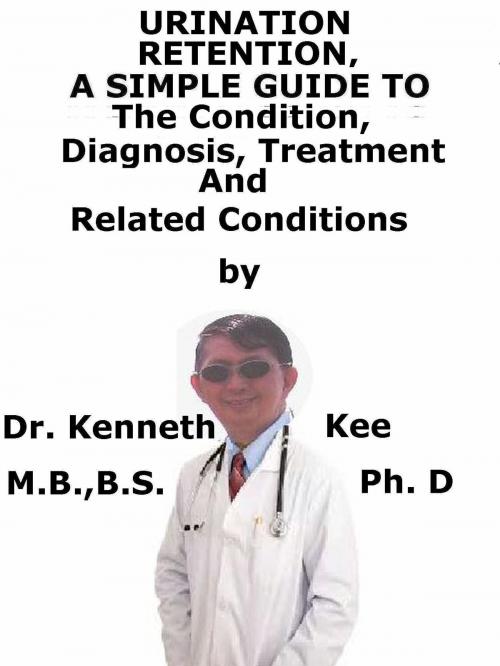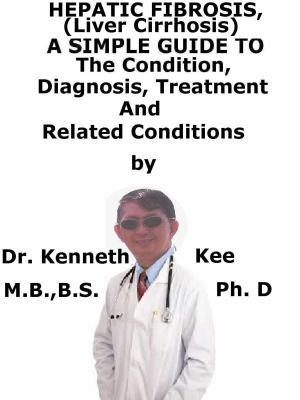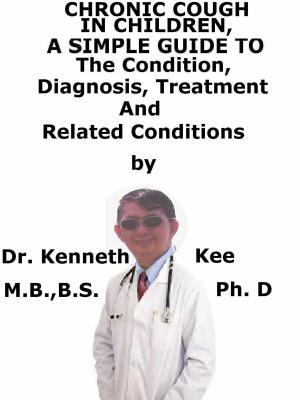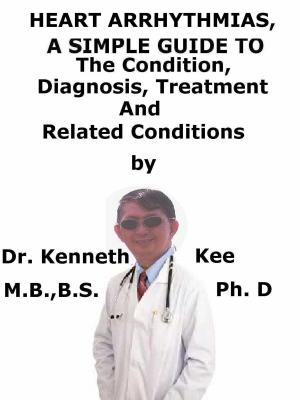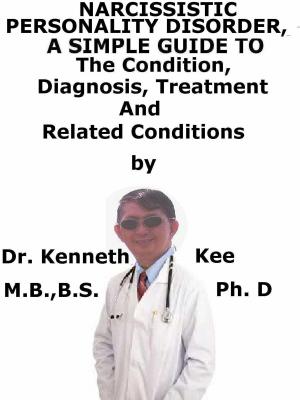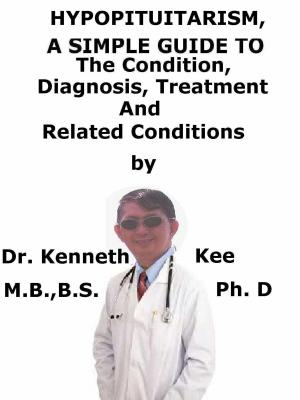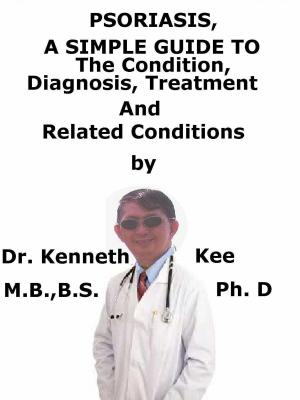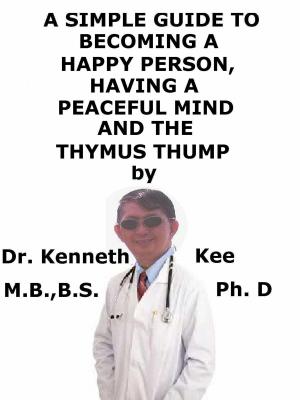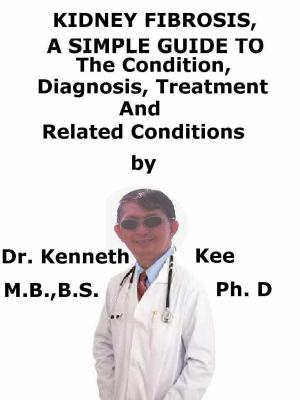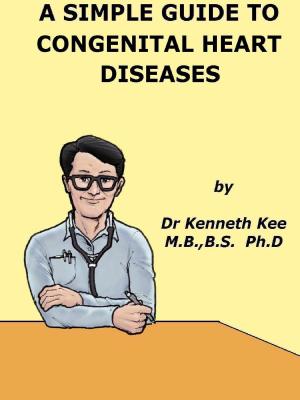Urinary Retention, A Simple Guide To The Condition, Diagnosis, Treatment And Related Conditions
Nonfiction, Health & Well Being, Medical, Specialties, Urology| Author: | Kenneth Kee | ISBN: | 9781370185054 |
| Publisher: | Kenneth Kee | Publication: | January 21, 2017 |
| Imprint: | Smashwords Edition | Language: | English |
| Author: | Kenneth Kee |
| ISBN: | 9781370185054 |
| Publisher: | Kenneth Kee |
| Publication: | January 21, 2017 |
| Imprint: | Smashwords Edition |
| Language: | English |
Urinary retention is the medical disorder of inability to empty the bladder completely.
Acute urinary retention (AUR) happens suddenly and lasts only a short time.
People with acute urinary retention cannot pass urine at all, even though they have a full bladder.
Acute urinary retention, a potentially life-threatening medical disorder, needs instant emergency treatment.
Acute urinary retention can produce great discomfort or pain.
Chronic urinary retention can be a long-lasting medical disorder.
People with chronic urinary retention can still pass urine.
But they do not entirely empty all of the urine from their bladders
Urinary retention can occur from
1. Retention of the urethra such as enlarged prostate, urethral stricture, urinary tract stones, cystocele, rectocele, constipation, and certain tumors and cancers
2. Nerve problems
3. Medications
4. Weakened bladder muscles
If the nerves are injured, the brain may not get the nerve signal that the bladder is full.
Even when a person has a full bladder, the bladder muscles that press the urine out may not get the nerve signal to push, or the sphincters may not get the nerve signal to relax.
People of all ages can have nerve problems that disrupt bladder function.
1. Vaginal childbirth
2. Brain or spinal cord infections or injuries
3. Diabetes
4. Stroke
5. Multiple sclerosis
6. Pelvic injury or trauma
Different types of medicines can produce urinary retention by disrupting nerve signals to the bladder and prostate such as antihistamine, antidepressant
Weakened bladder muscles may not tighten strongly enough or long enough to empty the bladder completely, leading to urinary retention.
The symptoms of acute urinary retention may be:
1. Inability to urinate
2. Painful, urgent need to urinate
3. Pain or discomfort in the lower abdomen
4. Bloating of the lower abdomen
Diagnosis is by:
1. Cystoscopy
2. Urodynamic tests
3. Electromyography of bladder
Treatment is by:
1. Instant catheterization
2. Urethral dilation and stents
3. Prostate medicines and surgery.
4. An internal urethrotomy
5. Cystocele or rectocele repair
6. Tumor and cancer surgery
TABLE OF CONTENT
Introduction
Chapter 1 Urinary Retention
Chapter 2 Causes
Chapter 3 Symptoms
Chapter 4 Diagnosis
Chapter 5 Treatment
Chapter 6 Prognosis
Chapter 7 Dysuria
Chapter 8 Urine Incontinence
Epilogue
Urinary retention is the medical disorder of inability to empty the bladder completely.
Acute urinary retention (AUR) happens suddenly and lasts only a short time.
People with acute urinary retention cannot pass urine at all, even though they have a full bladder.
Acute urinary retention, a potentially life-threatening medical disorder, needs instant emergency treatment.
Acute urinary retention can produce great discomfort or pain.
Chronic urinary retention can be a long-lasting medical disorder.
People with chronic urinary retention can still pass urine.
But they do not entirely empty all of the urine from their bladders
Urinary retention can occur from
1. Retention of the urethra such as enlarged prostate, urethral stricture, urinary tract stones, cystocele, rectocele, constipation, and certain tumors and cancers
2. Nerve problems
3. Medications
4. Weakened bladder muscles
If the nerves are injured, the brain may not get the nerve signal that the bladder is full.
Even when a person has a full bladder, the bladder muscles that press the urine out may not get the nerve signal to push, or the sphincters may not get the nerve signal to relax.
People of all ages can have nerve problems that disrupt bladder function.
1. Vaginal childbirth
2. Brain or spinal cord infections or injuries
3. Diabetes
4. Stroke
5. Multiple sclerosis
6. Pelvic injury or trauma
Different types of medicines can produce urinary retention by disrupting nerve signals to the bladder and prostate such as antihistamine, antidepressant
Weakened bladder muscles may not tighten strongly enough or long enough to empty the bladder completely, leading to urinary retention.
The symptoms of acute urinary retention may be:
1. Inability to urinate
2. Painful, urgent need to urinate
3. Pain or discomfort in the lower abdomen
4. Bloating of the lower abdomen
Diagnosis is by:
1. Cystoscopy
2. Urodynamic tests
3. Electromyography of bladder
Treatment is by:
1. Instant catheterization
2. Urethral dilation and stents
3. Prostate medicines and surgery.
4. An internal urethrotomy
5. Cystocele or rectocele repair
6. Tumor and cancer surgery
TABLE OF CONTENT
Introduction
Chapter 1 Urinary Retention
Chapter 2 Causes
Chapter 3 Symptoms
Chapter 4 Diagnosis
Chapter 5 Treatment
Chapter 6 Prognosis
Chapter 7 Dysuria
Chapter 8 Urine Incontinence
Epilogue
